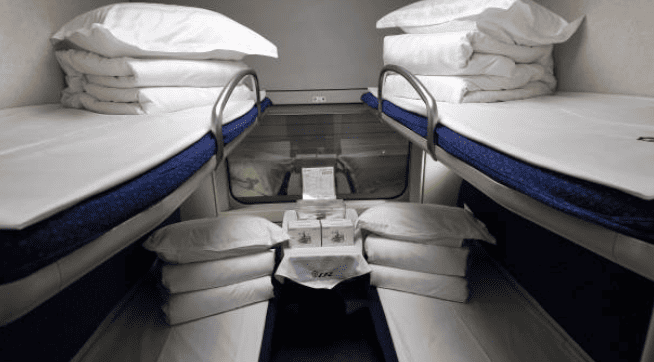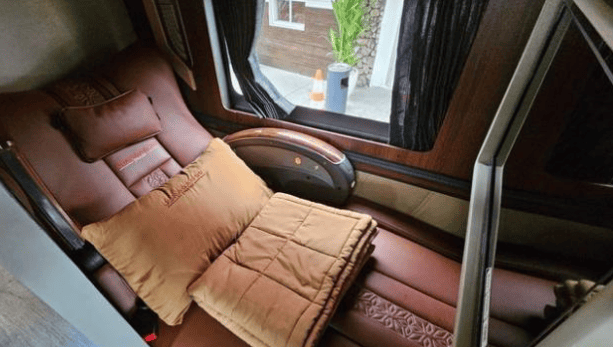Located in Southeast Asia, Vietnam shares a direct border with the People’s Republic of China to the north. To travel to China, you don’t need to take a flight; simply take a seven-hour train or bus ride to the border city of Lao Cai. From there, it’s just a short walk across the border into China.

The Vietnam-China border consists of both land and maritime boundaries:
Land Border
Stretching 1,297 km (806 miles), it extends from the tri-point with Laos in the west to the coast of the Gulf of Tonkin in the east. This land border crosses seven provinces in Vietnam: Dien Bien, Lai Chau, Lao Cai, Ha Giang, Cao Bang, Lang Son, and Quang Ninh. In China, it runs through Yunnan Province and the Guangxi Zhuang Autonomous Region.
Maritime Border
Located in the Gulf of Tonkin and the South China Sea, this boundary remains undefined as the two countries dispute territorial waters and islands, such as the Spratly and Paracel Islands.
Despite efforts to enhance diplomatic and economic relations, both nations continue to face political and territorial disputes in the South China Sea.
On Monday, I decided to travel outside Hanoi, the northern capital of Vietnam. Curious about the border city of Lao Cai, I opted to take a bus there. There are two main options to reach China via land: train or bus. If you choose the train, you can board a sleeper train at Hanoi’s Ga Hanoi station for a seven-hour overnight journey. Tickets are available through travel agencies, online, or at the station.

The sleeper train is unique, offering bunk beds similar to a hostel, with amenities like blankets, air conditioning, a clean bathroom, and a comfortable environment for the seven-hour ride. Compartments come with two, four, or six bunk beds, accommodating different budgets and preferences. A four-bed ticket costs $45 USD (about 600,000 VND), while a six-bed ticket costs $25 USD (about 334,000 VND).
Since I chose the bus, I left for Hanoi’s My Dinh Bus Terminal at 4:30 a.m. I purchased a ticket for the yellow Hason Haivan bus, costing 260,000 VND (around $11 USD), which includes complimentary bottled water. The bus departed at 6 a.m. from Hanoi. I chose the bus for its scenic route and shorter travel time compared to the train.

Upon boarding, I was surprised to find it was a sleeper bus, where seats are replaced with beds, providing comfort on this long journey. The driver also handed out black plastic bags, signaling passengers to store their shoes.
The sleeper bus was cozy, with each bed equipped with a pillow and blanket. I was able to stretch my legs and avoid any discomfort from prolonged sitting. The bus even had free Wi-Fi, adding to the convenience.

The journey to Lao Cai took nearly five hours, passing through beautiful landscapes of valleys, green hills, and rice paddies. The dense urban setting of Hanoi transitioned into rural villages, and the road became narrower and more winding as we entered the mountainous region. At 11 a.m., we finally arrived at the Lao Cai bus terminal.
Lao Cai is a city in Lao Cai Province, northwest of Hanoi, and it borders China’s Yunnan Province. By crossing a bridge over the Red River, you can reach Hekou in China’s southwestern Yunnan Province. A visa is required to enter Yunnan, from where travelers can explore destinations like Kunming.
For those planning a trip to Lao Cai, enjoy the adventure!

Best Post Cycle Therapy PCT: 100% Testosterone Recovery Within 45 Days
Post Cycle Therapy (PCT) is a critical component of bodybuilding regimens, particularly after the use
of anabolic steroids. A well-executed PCT helps
restore natural testosterone production, ensuring your
body returns to its pre-cycle state. With proper planning and adherence, you can achieve 100% testosterone recovery within 45 days.
### The Best PCT Protocol
The most effective PCT involves a combination of medications designed to kickstart your body’s own hormone production. Clomid, Nolvadex, and HCG
are the primary components of any successful PCT.
### Clomid
Clomid is often considered the cornerstone of any PCT due to its ability to
stimulate endogenous testosterone production.
It works by inhibiting estrogen through the pituitary gland, which encourages the testes to resume
normal function. While it’s highly effective, Clomid can also lead to side effects like nausea, fatigue,
and hot flashes.
### Nolvadex
Nolvadex is used during PCT to help clear out any estrogen-related side effects from anabolic steroids.
It binds to estrogen receptors in the brain, preventing it from causing
Testosterone Suppression Syndrome (TSS). Common side effects include
headaches, dizziness, and mood swings.
### HCG
Human Chorionic Gonadotropin (HCG) is administered
during the initial stages of PCT to initiate recovery.
It signals to the testes that it’s time to produce testosterone again. While effective, HCG must be used carefully due to its potential to cause side effects like acne and mood swings.
### PCT for Women
Women typically follow a modified PCT protocol tailored to their needs.
Clomid is often combined with Nolvadex in lower doses to support hormonal
balance without causing excessive side effects.
### FAQs
**Is a PCT Essential?**
Yes, PCT is essential for anyone who has used anabolic steroids
or SARMs (Selective Androgen Receptor Modulators).
Without it, you risk permanent Testosterone Suppression Syndrome (TSS)
and long-term health complications.
**How Do I Know If I Need a PCT?**
You need a PCT if you’ve used any form
of performance-enhancing medication. It’s also recommended after ceasing steroid cycles or high-dose SARMs to restore natural hormone production.
**Where Do Bodybuilders Buy PCT Medications?**
PCT medications can be purchased from reputable suppliers online.
Always ensure you’re purchasing from a trusted source to avoid counterfeit or
inferior products.
**How Much Do PCT Medications Cost?**
Prices vary depending on the medication and supplier.
Clomid and Nolvadex are generally affordable, with HCG
costing slightly more due to its regulatory restrictions.
**Do SARMs Require a PCT?**
While SARMs like Testosterone Replacement Therapy (TRT)
don’t require a traditional PCT, it’s still important to
follow a structured recovery plan to avoid hormonal imbalances.
**How Much Muscle Will a PCT Help Keep?**
A well-executed PCT ensures your muscles retain as much of their gains
as possible. Proper diet, training, and supplementation during PCT will maximize muscle retention.
**PCT Diet and Supplementation**
During PCT, prioritize clean eating with high-quality
protein sources, healthy fats, and complex carbohydrates. Supplementation with BCAAs and multivitamins
can further support recovery.
**What Are the Least Suppressive Anabolic Steroids?**
Anavar (Oxandrolone) and Primobolan are considered among the
least suppressive anabolic steroids, making them ideal for PCTs due
to their minimal impact on hormone production.
### PCT Pros and Cons
**Pros:**
– Restores natural testosterone production.
– Reduces risk of Testosterone Suppression Syndrome (TSS).
– Supports muscle retention and recovery.
**Cons:**
– Requires careful adherence to dosage and timing.
– Can cause side effects like nausea, fatigue, and mood swings.
### Co Authors:
Your Team Members
### References
1. Study on PCT Efficacy(link)
2. Guide to Anabolic Steroids(link)
3. Clomid Dosage Recommendations(link)
### OUR TEAM HAS BEEN FEATURED ON
Your Media Appearances
### Contact Us
Your Contact Information
Here is my page cutting steroids for sale (deostv.com)
70918248
References:
https://tvoyaskala.com/user/washercost93/
70918248
References:
https://solidgroup.bg/%d1%81%d0%b5%d1%80%d1%82%d0%b8%d1%84%d0%b8%d0%ba%d0%b0%d1%82%d0%b8-gree/klimatik_lomo_gwh24_gree_sig-678×1024/